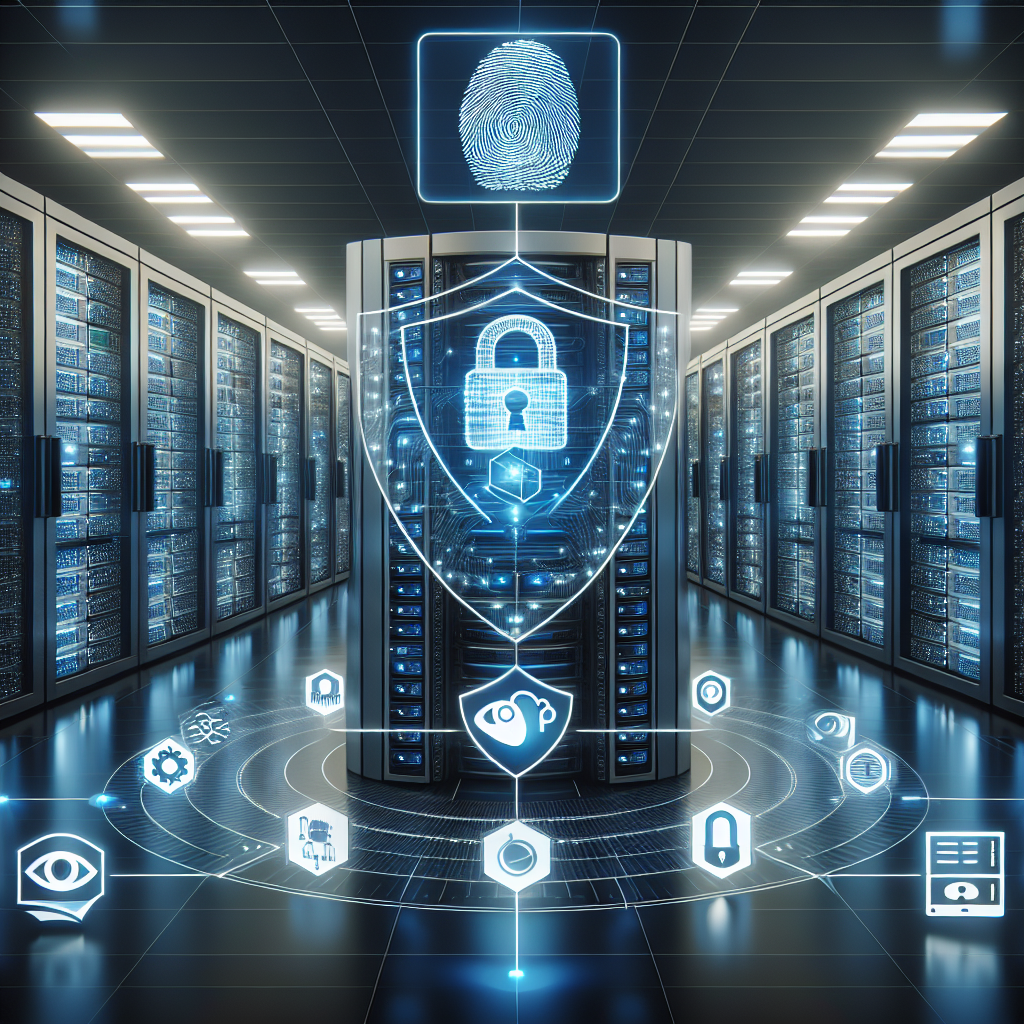Your cart is currently empty!
Securing Your Data Center: A Comprehensive Guide to Security Systems

Data centers are the backbone of modern businesses, housing critical infrastructure and sensitive data that is essential for operations. With cyber threats on the rise, it is more important than ever to ensure that your data center is properly secured. In this comprehensive guide, we will explore the various security systems and best practices that can be implemented to protect your data center from potential threats.
Physical Security Measures
One of the most important aspects of securing a data center is physical security. This includes controlling access to the facility, monitoring who enters and exits, and securing the building itself. Some key physical security measures include:
– Access control systems: Implementing access control systems such as keycards, biometric scanners, and PIN codes can restrict access to authorized personnel only.
– Surveillance cameras: Installing surveillance cameras throughout the facility can help monitor and record any suspicious activity.
– Alarms and sensors: Intrusion alarms and motion sensors can alert security personnel of any unauthorized attempts to access the data center.
– Perimeter security: Fencing, gates, and barriers can help secure the perimeter of the data center and prevent unauthorized entry.
Network Security Measures
In addition to physical security, network security is also crucial in protecting your data center. Network security measures include:
– Firewalls: Firewalls can help monitor and control incoming and outgoing network traffic to prevent unauthorized access.
– Intrusion detection and prevention systems (IDPS): IDPS can detect and respond to potential threats in real-time, helping to prevent attacks before they cause damage.
– Encryption: Encrypting data both at rest and in transit can help protect sensitive information from unauthorized access.
– Virtual private networks (VPNs): VPNs can create secure connections between remote users and the data center, ensuring that data is transmitted securely.
Employee Training and Awareness
One of the weakest links in any security system is human error. It is important to provide comprehensive training to employees on security best practices and protocols. This includes:
– Security awareness training: Educating employees on the importance of security and how to recognize and respond to potential threats.
– Password policies: Implementing strong password policies, such as requiring complex passwords and regular password changes, can help prevent unauthorized access.
– Phishing awareness: Training employees to recognize phishing emails and other social engineering tactics can help prevent data breaches.
Regular Security Audits and Updates
Finally, it is important to regularly audit and update your security systems to ensure they are up to date and effective. This includes:
– Regular security audits: Conducting regular security audits can help identify vulnerabilities and weaknesses in your security systems.
– Patch management: Keeping software and firmware up to date with the latest patches and updates can help protect against known vulnerabilities.
– Incident response plan: Having a comprehensive incident response plan in place can help minimize damage in the event of a security breach.
By implementing these security systems and best practices, you can help protect your data center from potential threats and ensure the security of your critical infrastructure and sensitive data. Remember, security is an ongoing process, and it is important to continually assess and improve your security measures to stay ahead of evolving cyber threats.

Leave a Reply